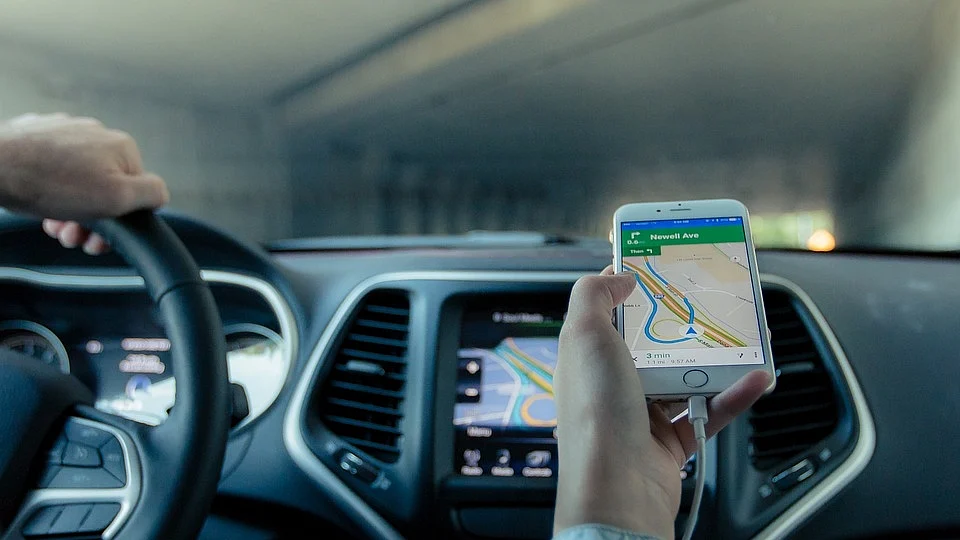Open right car window in Uber or office cab to cut COVID risk
Next time when you take an Uber or hitch a ride to office, remember not to open the car window that is closest to you as it is not the best option to protect yourself from coronavirus

Next time when you take an Uber or hitch a ride to office, remember not to open the car window that is closest to you as it is not the best option to protect yourself from coronavirus or any other airborne infection.
According to researchers, including those of Indian origin from University of Massachusetts Amherst (UMass Amherst) in the US, opening the windows farthest from the driver and the back-seat passenger might offer some benefits.
The researchers hypothesised that if all windows can't be left open, opening the front window on the right side and the rear window on the left side might best protect the driver and passenger from the hundreds of aerosol particles released in every human breath.
In a paper published in the journal Science Advances, researchers revealed certain surprising ways in which the airflow patterns within a car's interior could either heighten or suppress the risk of airborne infection during everyday commutes.
"One might imagine that people instinctively open windows right beside them while riding with a co-passenger during the pandemic. That may not be optimal -- though it's better than opening no window," says lead author Varghese Mathai, an assistant professor of physics at UMass Amherst.
"We designed this research with ride-sharing in mind, from a traditional taxi or Uber and Lyft to noncommercial commutes, assuming a driver and one passenger, seated in the back on the passenger side to provide the best possible spacing between the occupants."
The findings may provide Covid-19 risk reduction measures for the hundreds of millions of people driving in passenger cars or taking a taxi worldwide.
Mathai wanted to examine what happens to aerosolized particles exhaled by occupants inside the car's cabin under various configurations of open and closed windows.
These tiny, potentially pathogenic particles remain in the air for long durations without settling down, so if they are not flushed out of the cabin, they can build up over time posing an increased risk of infection.
"We had this idea that if you open the rear and front windows on opposite sides, then you might create an air current from the rear to the front of the cabin, and crossing through the middle."
The study was conducted with colleagues Asimanshu Das, Jeffrey Bailey and Kenneth Breuer at Brown University.
"While these measures are no substitute for wearing a face mask while inside a car, they can help reduce the pathogen load inside the very confined space of a car cabin," Mathai pointed out.
The researchers used a simplified, time-averaged model for the turbulent air flow, and study implications are limited to airborne mode of transmission, the authors said.
The computer model was based roughly on the exterior of a Toyota Prius driven at around 80 kms per hour and the field tests of smoke and flow wand were recorded in the cabin of a Kia Optima.
Follow us on: Facebook, Twitter, Google News, Instagram
Join our official telegram channel (@nationalherald) and stay updated with the latest headlines
